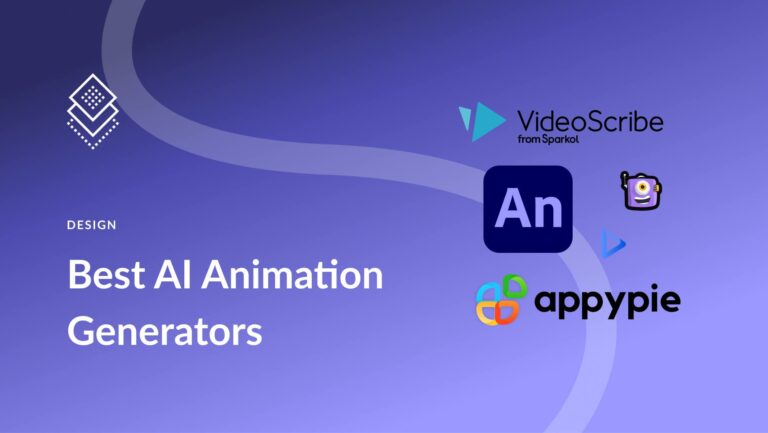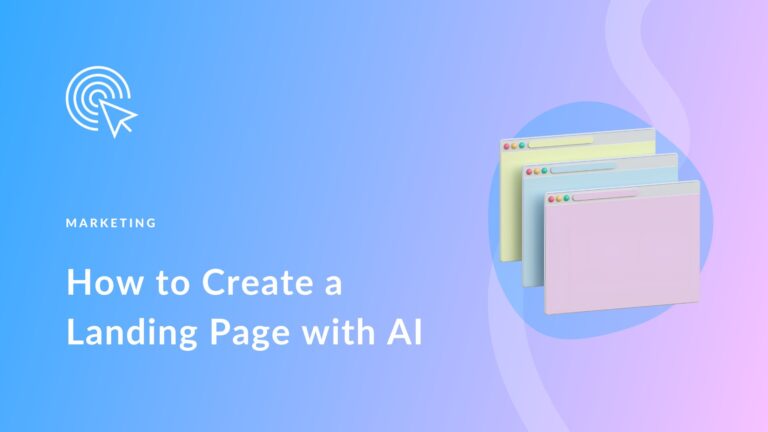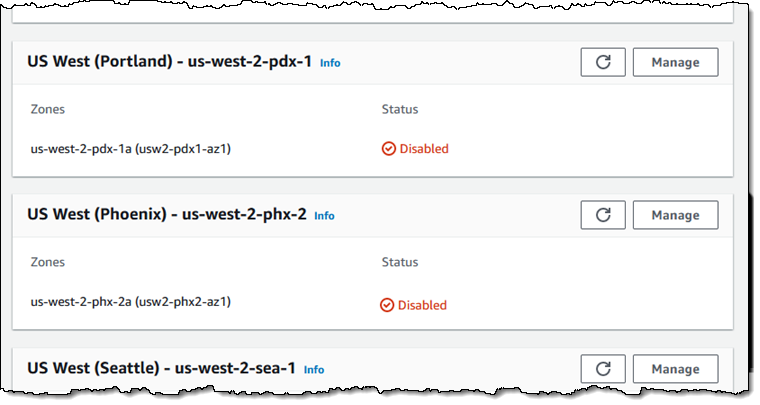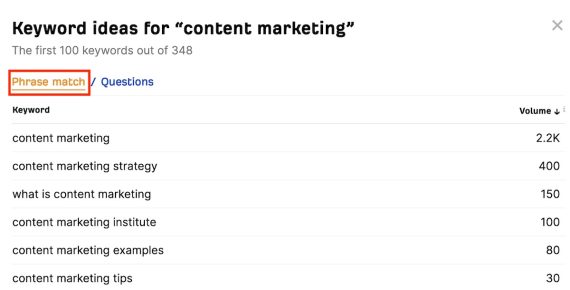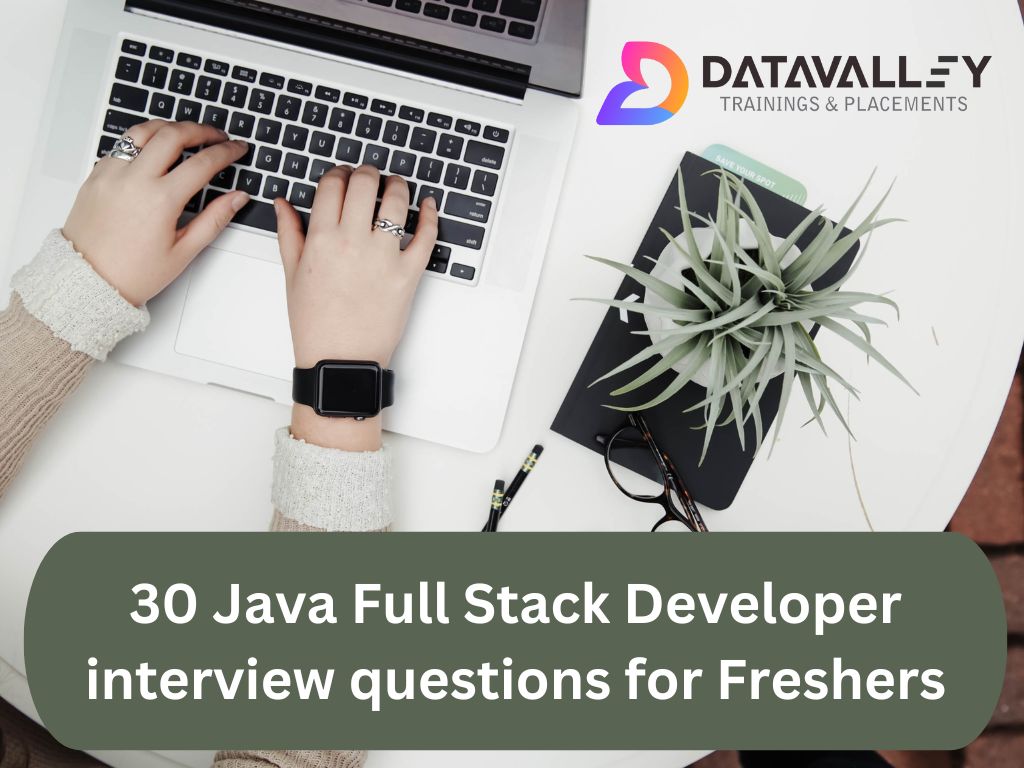
Are you an aspiring programmer seeking to start a professional journey as a Java Full Stack Developer? As you venture into the realm of web and software development, it is essential to equip yourself with the necessary skills and knowledge to effectively tackle the forthcoming challenges. Getting your first job as a Full Stack Developer is a big achievement, and to assist you, we have created a list of 30 Java Full Stack Developer interview questions specifically designed for beginners.
1. What is Java Full Stack Development?
Java Full Stack Development refers to the development of web applications using both front-end and back-end technologies, with Java as the primary programming language.
2. Explain the difference between front-end and back-end development.
Front-end development focuses on the user interface and client-side functionality, while back-end development deals with server-side logic and database interactions.
3. What are the key components of a typical web application stack?
A typical web application stack consists of a front-end framework (e.g., React, Angular), a back-end server (e.g., Spring Boot), and a database (e.g., MySQL).
4. What is Java Virtual Machine (JVM) and why is it important in Java development?
JVM is an essential part of Java that interprets Java bytecode and allows cross-platform compatibility. It plays a crucial role in running Java applications.
5. What is a servlet, and how does it relate to Java web development?
A servlet is a Java class used to extend the capabilities of servers and provide dynamic content. It is commonly used in Java web development to handle HTTP requests and responses.
6. Explain the Model-View-Controller (MVC) architectural pattern.
MVC is an architectural pattern that separates an application into three interconnected components: Model (data), View (user interface), and Controller (handles user input and updates the model and view).
7. What is Spring Framework, and how does it simplify Java development?
Spring is a popular Java framework that simplifies Java development by providing features like dependency injection, AOP, and MVC for building scalable and maintainable applications.
8. Describe RESTful web services and their importance in Java development.
RESTful web services are a way to build lightweight and scalable APIs using HTTP methods. They are essential for building modern web applications in Java.
9. What is Hibernate, and how does it relate to database interaction in Java?
Hibernate is an ORM (Object-Relational Mapping) framework that simplifies database interaction in Java by mapping Java objects to database tables.
10. Explain the concept of dependency injection in Spring.
Dependency injection is a design pattern used in Spring to manage component dependencies. It allows for loosely coupled and easily testable code by injecting dependencies rather than creating them.
11. What is a singleton pattern, and why is it relevant in Java development?
The singleton pattern ensures that a class has only one instance and provides a global point of access to that instance. It’s used to manage resources like database connections efficiently.
12. What is the difference between GET and POST HTTP methods?
GET is used for retrieving data from the server, while POST is used for sending data to the server for processing or storage.
13. What is SQL injection, and how can it be prevented in Java applications?
SQL injection is a security vulnerability where malicious SQL code is injected into user inputs. To prevent it, use parameterized queries and input validation.
14. Explain the purpose of a web container in Java EE applications.
A web container is responsible for managing the lifecycle of servlets and JSP pages in Java EE applications. (e.g., Tomcat)
15. What is a session in web applications, and how is it managed in Java?
A session is a mechanism to maintain user-specific data across multiple HTTP requests. In Java, sessions can be managed using cookies or URL rewriting.
16. What is the difference between forward and sendRedirect in servlets?
forward is used to forward the request and response objects to another resource within the same server, while sendRedirect sends a response with a new URL, causing a new request.
17. Explain the purpose of the @RequestMapping annotation in Spring MVC.
@RequestMapping is used to map a URL request to a specific controller method in Spring MVC, allowing for proper routing of requests.
18. What is a RESTful API endpoint, and how is it structured?
A RESTful API endpoint is a URL pattern that represents a resource and its actions. It typically follows a structured format, such as /resource/{id}.
19. What is CORS, and why is it important in web development?
CORS (Cross-Origin Resource Sharing) is a security feature that allows or restricts web pages in one domain from making requests to a different domain. It’s essential for security in web development.
20. What is the purpose of the web.xml file in Java web applications?
The web.xml file is a configuration file in Java web applications that defines servlets, filters, and their mappings, among other things.
21. Explain the concept of microservices and their advantages.
Microservices is an architectural style where an application is composed of small, independently deployable services. Advantages include scalability, maintainability, and flexibility.
22. What is Docker, and how does it facilitate deployment in Java development?
Docker is a containerization platform that allows developers to package applications and their dependencies into containers for consistent and efficient deployment.
23. What is the purpose of a version control system like Git in software development?
Git is used for tracking changes in code, collaborating with others, and maintaining a history of code revisions, which is essential for code management and collaboration.
24. How does Maven help in managing project dependencies in Java?
Maven is a build automation tool that simplifies the process of managing project dependencies, building projects, and producing artifacts.
25. What is the purpose of JUnit in Java development, and how is it used for testing?
JUnit is a testing framework used for writing and executing unit tests in Java. It ensures that individual components of the code function correctly.
26. Explain the concept of continuous integration (CI) and continuous delivery (CD).
CI involves regularly merging code changes into a shared repository, while CD automates the process of deploying code changes to production, ensuring a streamlined development workflow.
27. What is the Spring Boot framework, and how does it simplify Java application development?
Spring Boot is a framework that simplifies the setup and configuration of Spring applications, allowing developers to quickly build production-ready applications with minimal effort.
28. What are the key principles of the SOLID design principles in Java development?
SOLID is an acronym representing five design principles: Single Responsibility, Open/Closed, Liskov Substitution, Interface Segregation, and Dependency Inversion. These principles promote clean and maintainable code.
29. What is the purpose of the @Autowired annotation in Spring?
@Autowired is used for automatic dependency injection in Spring, allowing Spring to automatically resolve and inject dependencies into a class.
30. How can you secure a Java web application against common security threats?
Secure a Java web application by implementing proper authentication, authorization, input validation, using encryption, and regularly updating dependencies to patch vulnerabilities.
In case you have found a mistake in the text, please send a message to the author by selecting the mistake and pressing Ctrl-Enter.



